Understanding Teeth Discoloration
Teeth discoloration is a common concern for many people, and understanding the underlying causes is the first step toward effective teeth whitening. The natural color of your teeth can vary, influenced by genetics, but external factors often contribute to staining and darkening. Over time, the enamel on your teeth can wear down, revealing the yellowish dentin underneath, making teeth appear less bright. Knowing what causes discoloration can help you take preventative measures and choose the right whitening strategies.
Causes of Teeth Staining
Teeth staining can be attributed to various factors, both external and internal. External stains occur on the surface of the teeth and are often caused by dietary habits and lifestyle choices. Internal stains, on the other hand, originate within the tooth structure itself. Understanding the difference is crucial for choosing the right whitening method. The most common causes of staining include consumption of certain foods and drinks, smoking or tobacco use, and aging.
Foods and Drinks That Stain
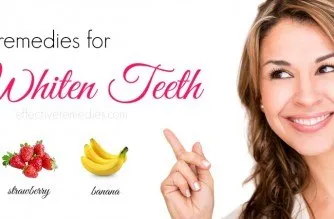
Certain foods and drinks are notorious for staining teeth. Dark-colored beverages such as coffee, tea, and red wine contain chromogens, which are pigment-producing substances that can adhere to tooth enamel. Berries, such as blueberries and blackberries, also have high pigment content and can contribute to staining. Other culprits include soy sauce, balsamic vinegar, and even some colorful candies and processed foods. Limiting the intake of these items or rinsing your mouth with water after consumption can help to minimize staining.
Lifestyle Factors
Lifestyle choices significantly impact teeth color. Smoking and chewing tobacco are major contributors to teeth staining, as nicotine and tar can leave yellow or brown stains on the enamel. Poor oral hygiene, including infrequent brushing and flossing, allows plaque and stains to build up. Certain medications, such as some antibiotics, can also cause discoloration. Additionally, the natural aging process can lead to teeth darkening as the enamel thins over time.
Top 5 Teeth Whitening Home Remedies
There are numerous home remedies available to help whiten your teeth, ranging from simple to more involved. These methods are often more affordable and accessible than professional treatments. However, it’s important to approach these remedies with caution and to understand their potential benefits and risks. Always research and consult with a dentist before trying any new whitening method, especially if you have sensitive teeth or pre-existing dental conditions. Here are five popular home remedies for teeth whitening.
Baking Soda and Hydrogen Peroxide
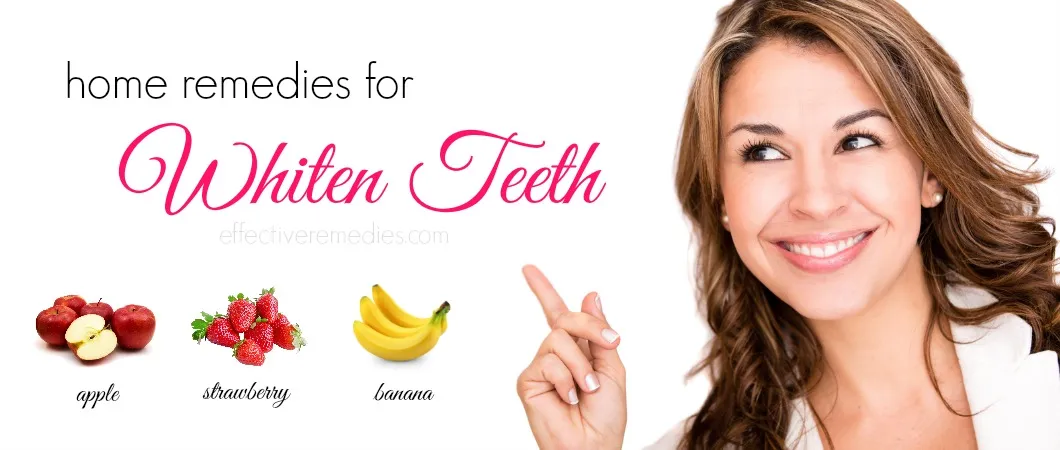
Baking soda and hydrogen peroxide are often used together as a simple and effective teeth-whitening combination. Baking soda acts as a mild abrasive, helping to scrub away surface stains, while hydrogen peroxide has bleaching properties. This combination is generally safe when used in moderation and can provide noticeable results over time. The mild abrasive action of baking soda helps to remove surface stains, while the oxidizing effect of hydrogen peroxide contributes to whitening.
How to Use Baking Soda and Hydrogen Peroxide
To use this method, mix a small amount of baking soda with hydrogen peroxide to form a paste. Use a ratio of about two parts baking soda to one part hydrogen peroxide. Apply the paste to your toothbrush and brush your teeth gently for about two minutes. Rinse thoroughly with water afterward. It is recommended to use this mixture no more than once or twice a week to avoid over-abrasion of the enamel. Always brush gently to avoid damaging the enamel.
Potential Risks and Side Effects
While baking soda and hydrogen peroxide are generally safe, they can cause side effects if overused. Excessive use can lead to enamel erosion, increased tooth sensitivity, and gum irritation. If you experience any discomfort, discontinue use immediately and consult your dentist. Hydrogen peroxide can also irritate the gums, so it is important to use it cautiously. Those with sensitive teeth should be particularly careful, as this method may not be suitable for everyone.
Coconut Oil Pulling
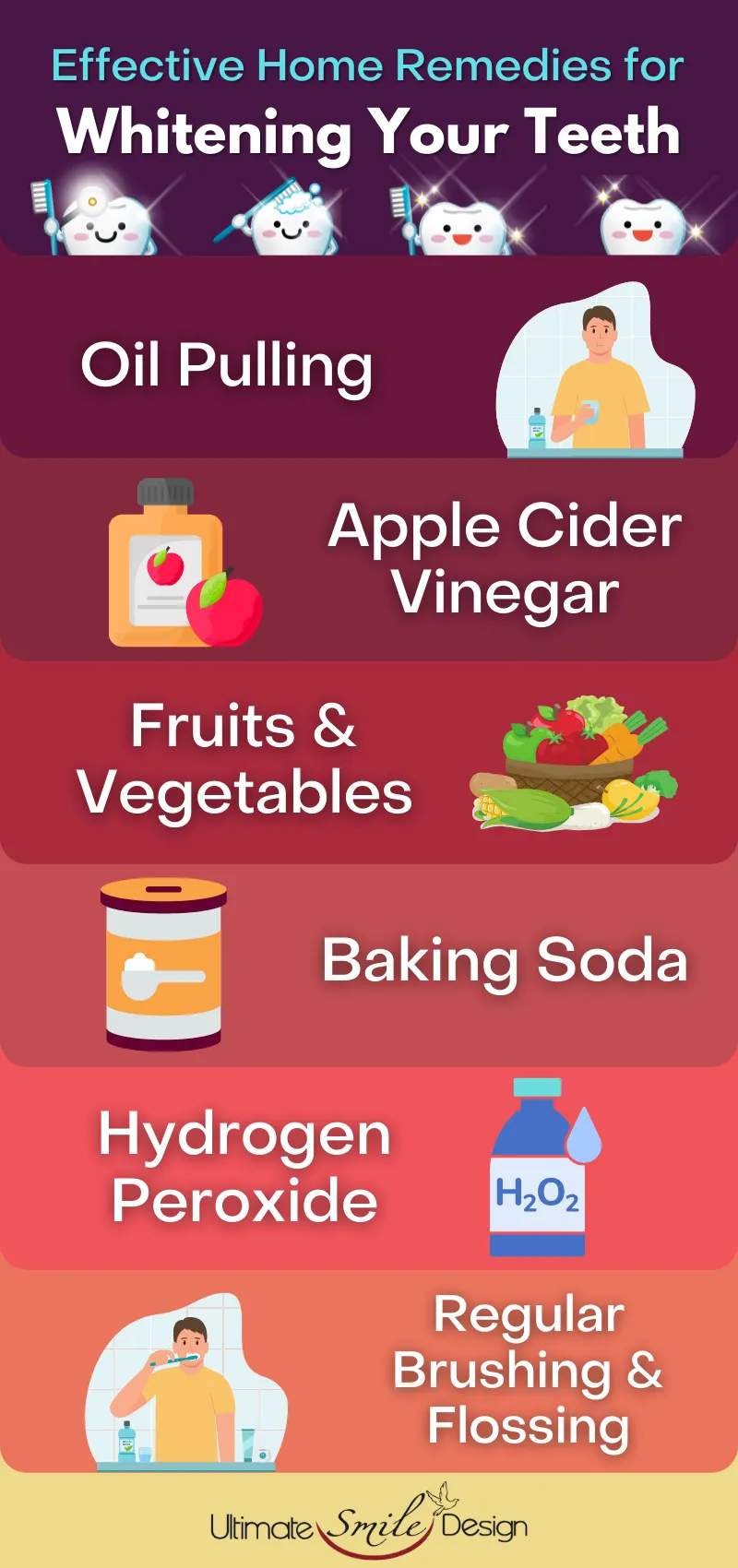
Coconut oil pulling is an ancient Ayurvedic practice believed to detoxify the mouth and improve oral health, including whitening teeth. This method involves swishing coconut oil in your mouth for a specific period. Coconut oil is thought to have antibacterial properties, which can help reduce plaque and bacteria in the mouth. While the whitening effects are often subtle, it can contribute to overall oral hygiene and health, indirectly leading to brighter teeth.
The Science Behind Oil Pulling
The science behind coconut oil pulling is primarily related to its ability to reduce bacteria and plaque. Coconut oil contains lauric acid, which has antimicrobial and anti-inflammatory properties. These properties help to remove bacteria and other microorganisms from the mouth, which can contribute to fresher breath and potentially reduce the risk of gum disease. By reducing the bacterial load in the mouth, oil pulling may indirectly contribute to a cleaner, brighter smile.
How to Perform Coconut Oil Pulling
To perform oil pulling, take about one tablespoon of coconut oil and swish it around your mouth for 15-20 minutes. Make sure the oil reaches all areas of your mouth, including between your teeth. After the swishing period, spit out the oil – do not swallow it, as it will contain bacteria and toxins. Rinse your mouth with water and brush your teeth as usual. It is best to do oil pulling on an empty stomach, ideally in the morning before eating or drinking anything.
Lemon Juice and Baking Soda
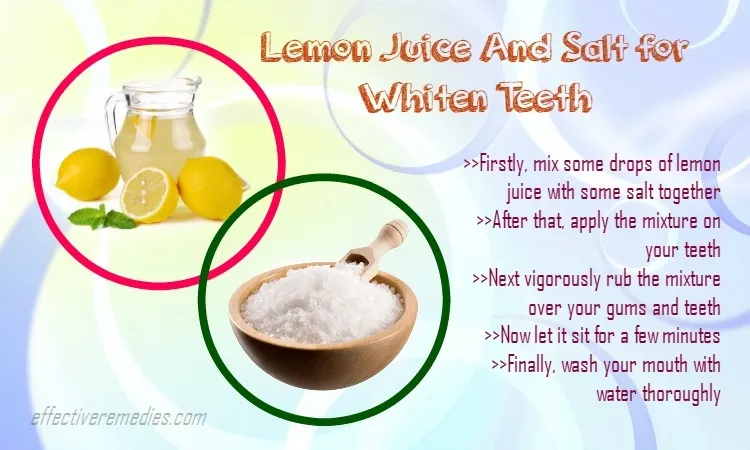
Lemon juice and baking soda is a combination that some people use for teeth whitening. Lemon juice contains citric acid, which can act as a bleaching agent. Baking soda provides an abrasive element to help remove stains. However, this method should be used with extreme caution due to the high acidity of lemon juice, which can erode tooth enamel if used too frequently. While it might offer some initial whitening effects, the risks often outweigh the benefits.
The Effectiveness of Lemon Juice
Lemon juice can remove surface stains due to its acidity. However, its effectiveness is limited, and the risks associated with enamel erosion are significant. The initial whitening effect might be noticeable, but the long-term damage to the enamel can lead to increased sensitivity, cavities, and further discoloration as the dentin is exposed. The citric acid can also irritate the gums and soft tissues of the mouth.
Precautions When Using Lemon Juice
Due to the high acidity, lemon juice should be used very sparingly, if at all, for teeth whitening. If you choose to use this method, mix a small amount of lemon juice with baking soda to create a paste. Apply it to your teeth for a very short time, only a few seconds, and rinse thoroughly. Never brush with lemon juice alone. It is strongly recommended to consult a dentist before using this method, especially if you have sensitive teeth or any signs of enamel erosion.
Apple Cider Vinegar
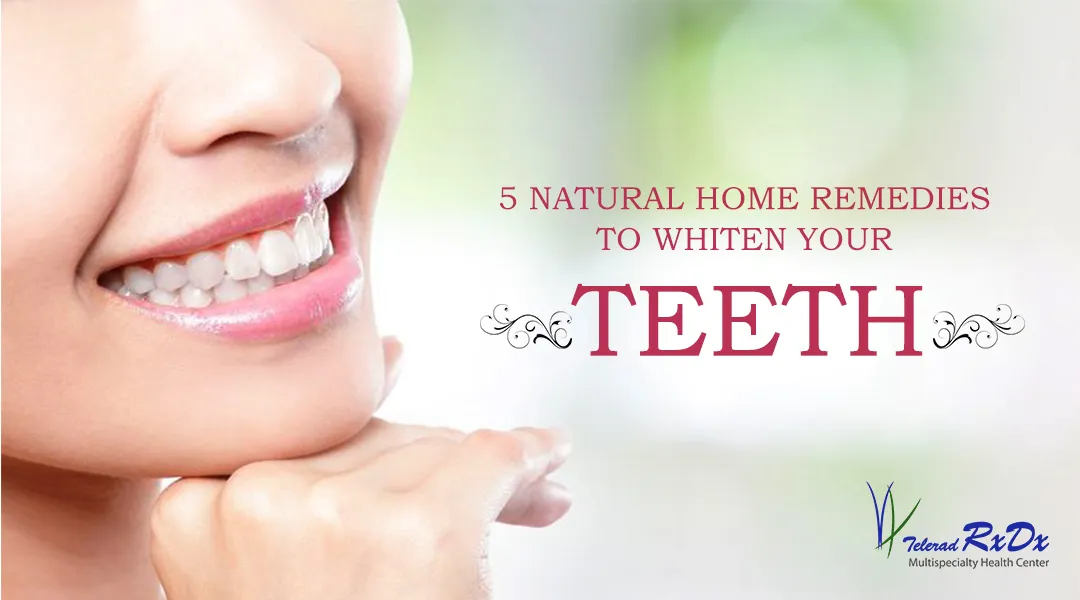
Apple cider vinegar (ACV) has gained popularity for various health benefits, including teeth whitening. ACV is believed to help remove stains and kill bacteria in the mouth. However, like lemon juice, ACV is acidic, and its use for teeth whitening should be approached with caution. While some people report positive results, it is important to weigh the potential benefits against the risk of enamel erosion. The effectiveness of ACV for teeth whitening is not as well-supported as other methods.
How to Use Apple Cider Vinegar
If you decide to try ACV for teeth whitening, it should be diluted to minimize the risk of enamel erosion. Mix a small amount of ACV with water, and use this diluted solution as a mouth rinse. Swish the solution around your mouth for about 30 seconds, and then rinse thoroughly with water. Avoid using undiluted ACV directly on your teeth. It is crucial to follow up with brushing your teeth to remove any remaining acids. It’s recommended to consult your dentist before use.
Considerations and Safety
The main concern with using apple cider vinegar for teeth whitening is its acidity. The frequent or prolonged exposure to acidic substances can erode tooth enamel, leading to increased sensitivity, cavities, and a higher risk of dental problems. Always dilute ACV properly, and do not use it more than once or twice a week. If you experience any signs of enamel erosion or tooth sensitivity, discontinue use and consult with a dental professional. Consider your individual oral health conditions before using ACV.
Activated Charcoal
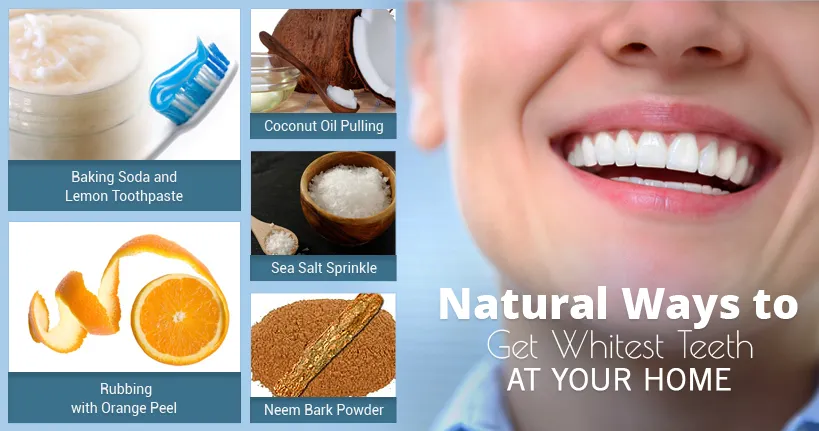
Activated charcoal is a popular remedy for teeth whitening due to its absorbent properties. Activated charcoal is a fine, black powder made from various materials, such as coconut shells or wood. It is believed to remove surface stains by absorbing them. This method is generally considered to be safe when used properly. Although there is limited scientific evidence, many people find activated charcoal to be a viable option for enhancing the brightness of their teeth.
Using Activated Charcoal for Teeth Whitening
To use activated charcoal, wet your toothbrush and dip it into the charcoal powder. Brush your teeth gently for about two minutes, making sure to cover all surfaces. Rinse thoroughly with water. Unlike some other methods, activated charcoal doesn’t pose immediate risks, but it is important to use a soft-bristled toothbrush and avoid excessive pressure to prevent damage to your enamel. Many people use this method a few times a week to achieve and maintain brighter teeth.
Precautions and Recommendations
While activated charcoal is generally safe, it is essential to choose a high-quality product. Ensure that the charcoal is food-grade and sourced from a reputable supplier. Avoid using activated charcoal excessively. If you experience any signs of enamel erosion or tooth sensitivity, stop using it immediately. Some people find it messy to use, and it can stain clothing and surfaces. Always brush your teeth with regular toothpaste afterward to ensure complete cleaning and to remove any residual charcoal particles. Consult your dentist before using activated charcoal, particularly if you have pre-existing dental concerns.
Maintaining White Teeth
Achieving a brighter smile is only part of the equation; maintaining white teeth requires consistent effort and good habits. Regular oral hygiene practices, dietary adjustments, and professional dental care are key to preventing stains and keeping your teeth looking their best. These steps will not only contribute to the longevity of your whitening efforts but also improve your overall oral health. Consistency is the most important factor in keeping your teeth bright and healthy.
Oral Hygiene Routine
A consistent oral hygiene routine is essential for maintaining white teeth. Brush your teeth twice a day for two minutes each time, using a fluoride toothpaste. Floss daily to remove plaque and food particles from between your teeth, where a toothbrush can’t reach. Consider using an antimicrobial mouthwash to further reduce bacteria. Regular dental check-ups and cleanings are also vital; your dentist can remove built-up plaque and stains and provide professional whitening treatments if needed. A good oral hygiene routine is your first line of defense against discoloration.
Dietary Adjustments
Your diet plays a significant role in the color of your teeth. Limiting the consumption of stain-causing foods and beverages, such as coffee, tea, red wine, and berries, can help prevent discoloration. If you consume these items, rinse your mouth with water afterward to minimize the staining effects. Eating foods rich in fiber, such as apples and celery, can naturally scrub the teeth and help remove surface stains. Avoiding sugary and acidic foods can also help maintain overall oral health and prevent enamel erosion. Making informed dietary choices will greatly aid in keeping your teeth white.
Professional Teeth Whitening
While home remedies can offer some whitening benefits, professional teeth whitening performed by a dentist is often the most effective way to achieve dramatic and long-lasting results. Dentists have access to stronger whitening agents and techniques that can penetrate deeper into the enamel. Professional whitening treatments are also safer because they are performed under expert supervision, minimizing the risk of enamel damage or other side effects. If you desire a significant improvement in the brightness of your teeth, consulting with your dentist about professional whitening options is a good idea.
In conclusion, there are various home remedies you can try to whiten your teeth, but it is important to approach these with caution. Understanding the causes of teeth discoloration, such as the foods and drinks you consume, and making sure you take care of your teeth with the right oral hygiene routine is extremely important. Always consult with your dentist before trying any teeth-whitening method to ensure it is safe for you and to discuss other professional options.
